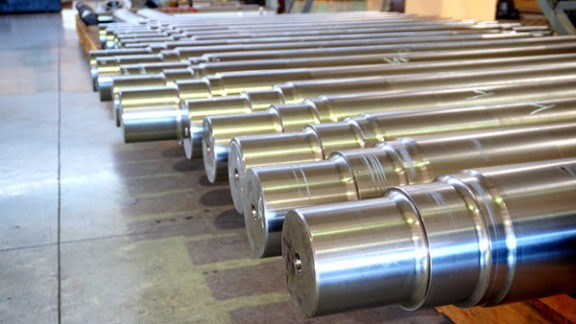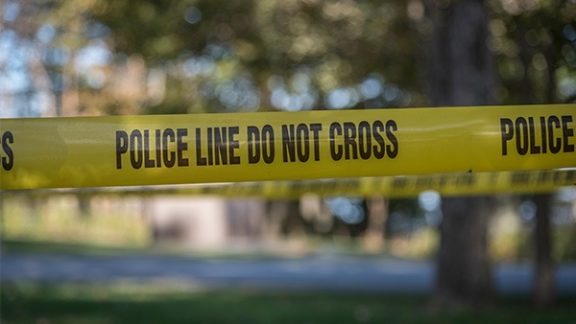In vapor intrusion (VI) studies, sampling is generally expected to be performed under steady-state, representative conditions. However, as Senior Technical Expert Bart Eklund and Technical Expert Rich Rago explain in their new white paper, “Steady-state considerations in vapor intrusion study design,” the existing steady-state conditions at a site may be perturbed by the preparations for sampling, such as installation of soil vapor probes and/or removal of potential indoor air emission sources. Changes in building operation, such as changes in HVAC ventilation rates, can also perturb the existing steady-state conditions. State and federal guidance for VI investigations sometimes addresses how long to wait for new steady-state conditions to be established after system perturbations but may lack scientific justification in some cases or be silent on some important issues.
VI evaluations need to be based on a robust conceptual site model (CSM) and incorporate defensible steady-state considerations where appropriate. Nonetheless, the importance of steady-state conditions is often overlooked or poorly understood. This paper identifies eight VI-related topics where steady-state is an important consideration and makes recommendations to improve the current standard practice to help practitioners design defensible, efficient VI studies.
- Aerospace
- Education, healthcare, and cultural institutions
- Energy
- Healthcare
- Higher education
- K-12 and independent schools
- Oil and gas transmission
- Manufactured gas plants
- Government infrastructure
- Industrial and manufacturing
- Airports
- Government facilities
- Food and beverage
- Ports, harbors, and coastal Infrastructure
- Manufacturing
- Real estate developers
- Contaminated site management
- Vapor intrusion




